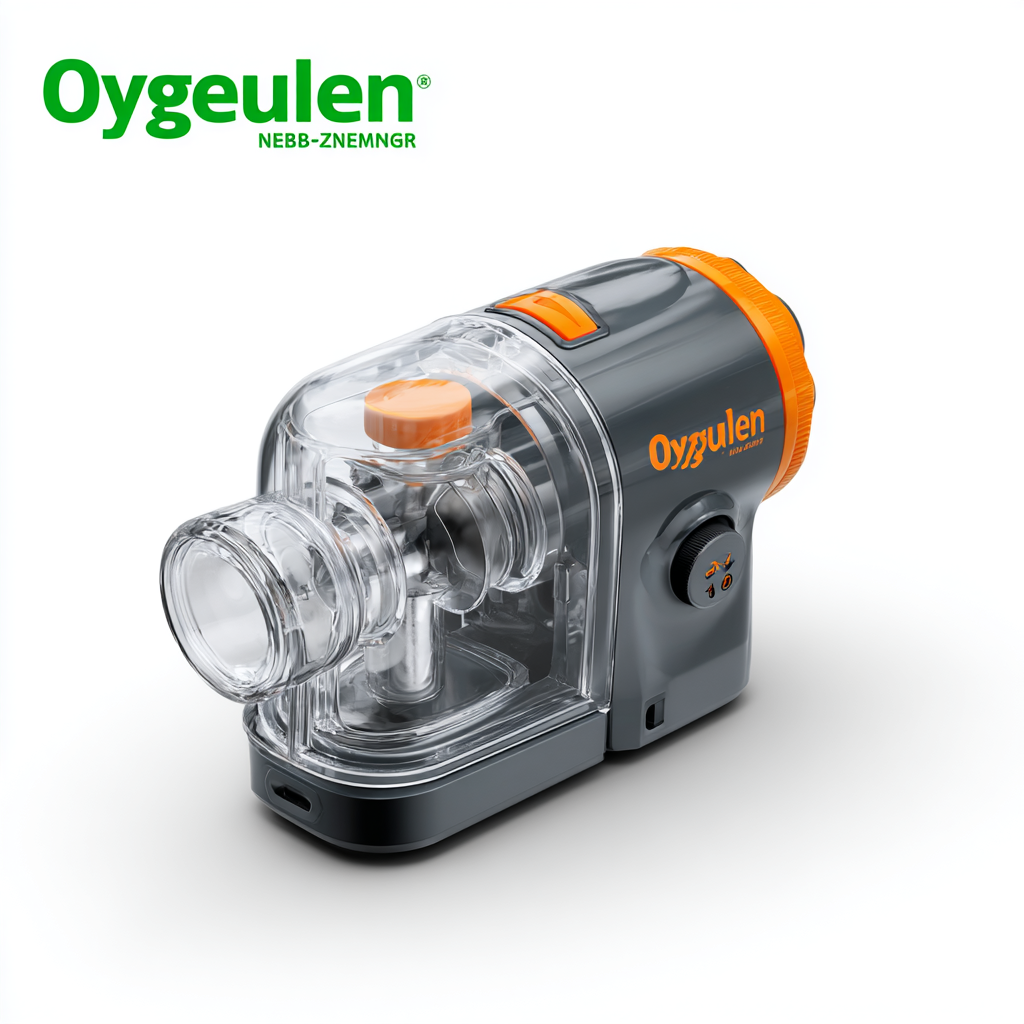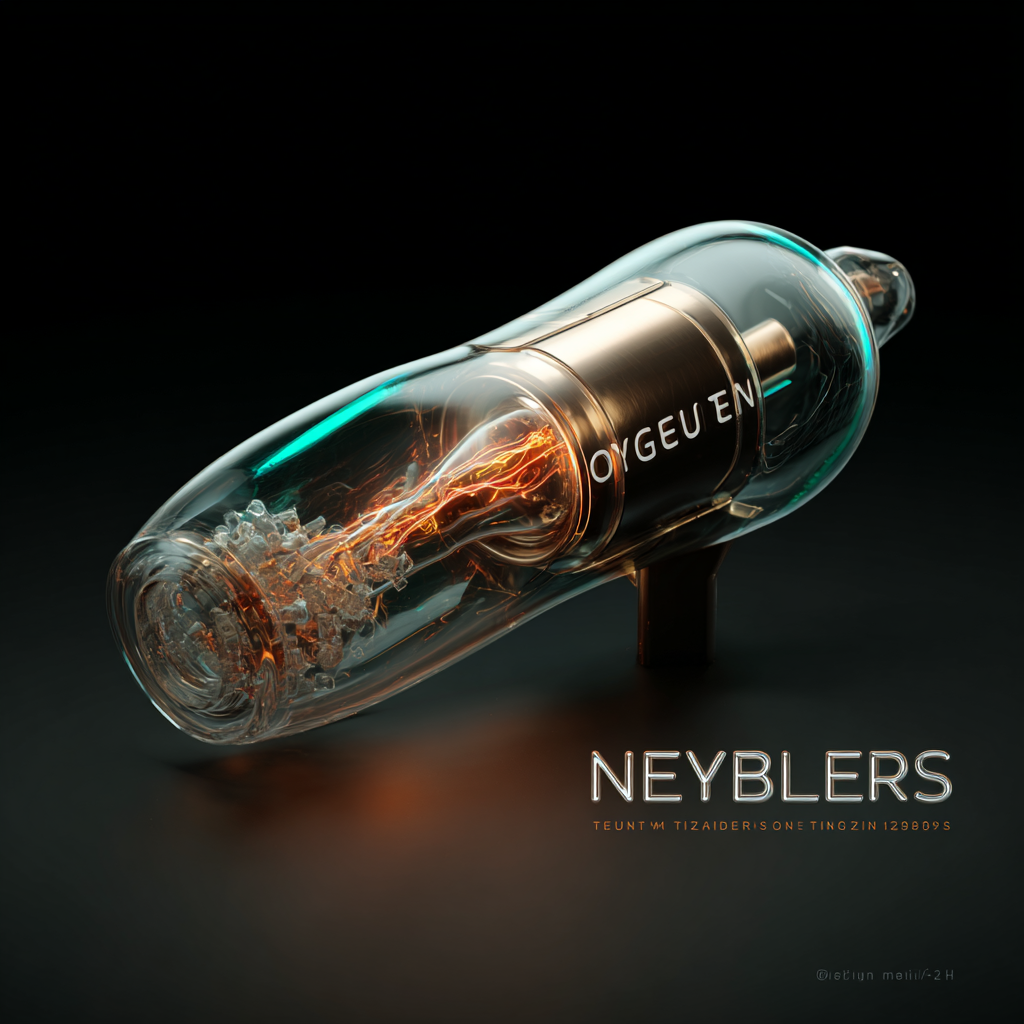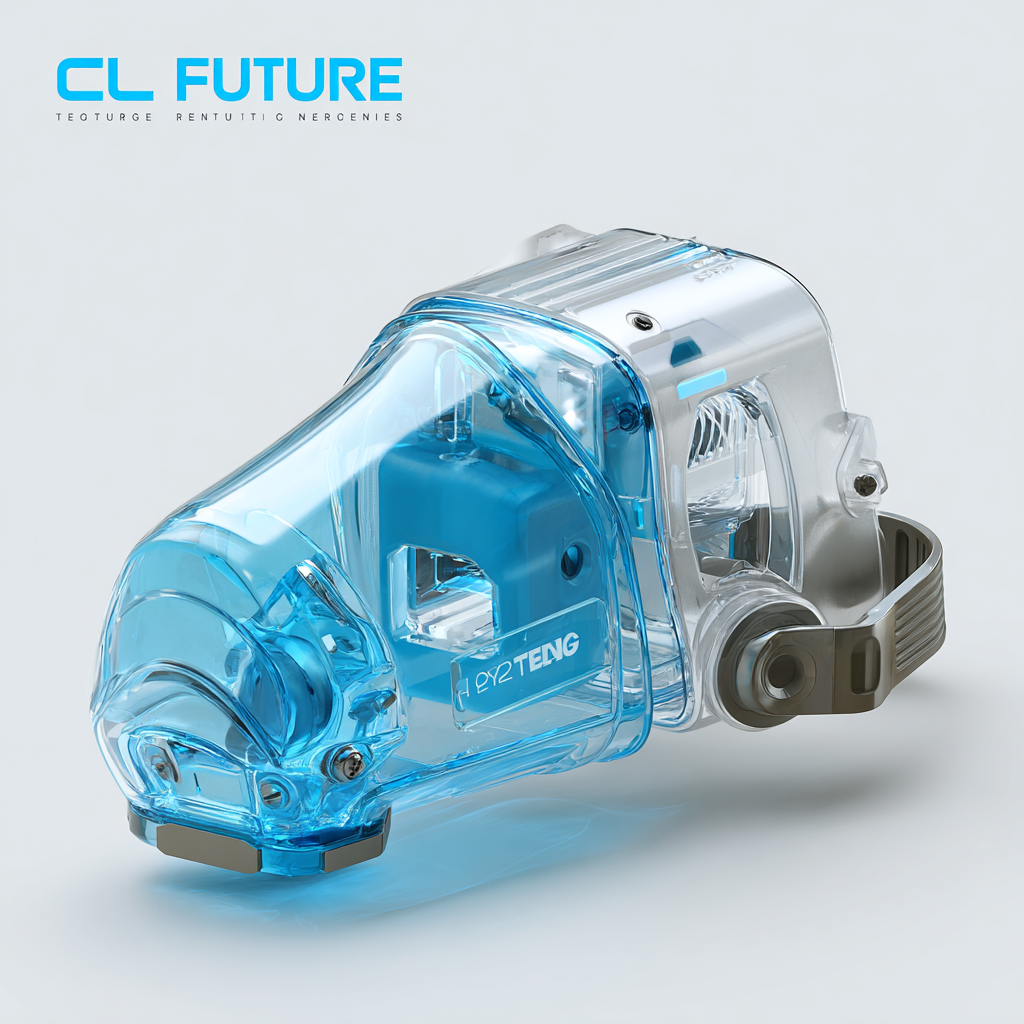
Future Trends in Oxygen Nebulizers for 2025 Insights on the Best Innovations
As we look toward 2025, the landscape of respiratory care is poised for transformative advancements, particularly in the domain of Oxygen Nebulizers. These devices, essential for delivering medication directly to the lungs, are not only evolving in technology but also adhering to industry production standards that prioritize patient safety and efficacy. Innovations are emerging that promise to enhance user experience, improve drug delivery efficiency, and integrate with smart health technologies. This blog will explore the key insights into the future trends of Oxygen Nebulizers, highlighting groundbreaking developments and offering a guide on how to select the best devices tailored to individual needs. Join us as we delve into the next generation of respiratory treatment solutions and their potential impact on patient care.

Future Innovations in Oxygen Nebulizer Design and Technology
As we look towards 2025, the oxygen nebulizer industry is poised for remarkable innovations that will redefine patient care. The emphasis will be on creating more compact and user-friendly designs that enhance mobility without compromising functionality. New materials and technology will likely contribute to lightweight systems that can be easily transported, facilitating better access for patients on-the-go.
Tips: When selecting an oxygen nebulizer, consider the weight and portability, especially if you lead an active lifestyle. Look for models with rechargeable batteries for convenience and extended use without being tethered to a power source.
Moreover, the integration of smart technology into nebulizers seems inevitable. Future designs may incorporate app connectivity, allowing patients and healthcare providers to monitor usage, adjust settings, and receive reminders for medication schedules. This real-time data can empower users to take control of their treatment plans effectively.
Tips: Always check compatibility with existing devices before integrating new technology, and consider nebulizers that offer user-friendly interfaces for easier management of settings and dosages.

Enhancements in Portability and User-Friendliness of Nebulizers
The future of oxygen nebulizers is poised for significant advancements by 2025, especially regarding portability and user-friendliness. Recent industry reports indicate a growing demand for lightweight and compact nebulizers, reflecting a shift in consumer preferences towards devices that can easily integrate into daily life. According to a study by Grand View Research, the global nebulizer market is projected to reach $1.68 billion by 2025, driven largely by innovations aimed at enhancing user experience and mobility.
Enhancements in nebulizer design are focusing on creating more ergonomic and intuitive devices. For instance, the introduction of smartphone connectivity is transforming how patients interact with their health devices, allowing for real-time monitoring and personalized treatment plans. Additionally, advancements in battery technology are improving the portability of nebulizers, as evidenced by a report from Market Research Future, which highlighted a 25% increase in sales of portable nebulizer systems over the past few years. Such innovations not only cater to the needs of chronic respiratory patients but also promote a more active lifestyle, making treatment less cumbersome and more effective.
Future Trends in Oxygen Nebulizers for 2025: Enhancements in Portability and User-Friendliness
This chart illustrates the projected advancements in nebulizer technology by 2025, focusing on key aspects such as portability, user-friendliness, and patient satisfaction.
Smart Nebulizer Features: The Role of IoT and Connectivity
As we look ahead to 2025, the integration of smart technologies into oxygen nebulizers is set to transform the way patients manage their respiratory conditions. Central to this evolution is the implementation of IoT connectivity, which promises to enhance the functionality and ease of use of nebulizers. The latest connectivity solutions offer seamless integration with smart home devices, enabling users to monitor their treatment in real-time from their mobile devices. This level of control not only personalizes the therapy experience but also empowers patients to stay on top of their health management.

The advancements in IoT technology, such as high-performance modules and edge-AI platforms, create a robust infrastructure for smart nebulizers. These innovations facilitate data collection and analysis, enabling healthcare providers to offer more tailored treatment plans based on real-time usage patterns. With features that allow multiple network connectivity options, these devices can ensure a consistently stable connection, essential for effective remote monitoring and quick updates when necessary. The push towards utilizing Wi-Fi 7 and hybrid networks in health technology also promises improved bandwidth and performance, making integration into daily life easier than ever before.
Sustainability Trends in Oxygen Nebulizer Production and Materials
As we look towards 2025, the landscape of oxygen nebulizer production is poised for significant transformation, especially concerning sustainability. Manufacturers are increasingly focusing on eco-friendly materials, aiming to minimize the carbon footprint associated with the production process. The shift toward biodegradable plastics and recyclable metals not only contributes to a healthier planet but also appeals to environmentally conscious consumers. Innovations such as refillable nebulizer systems are gaining traction, promoting reduced waste and encouraging longer product lifespans.
Tip: When considering an oxygen nebulizer, opt for models made from sustainable materials to support eco-friendly practices in the health industry. Additionally, look for brands that prioritize transparency in their manufacturing processes.
Another emerging trend is the incorporation of energy-efficient technologies in nebulizers. Such advancements not only enhance the device's performance but also reduce energy consumption, aligning with global efforts to decrease energy dependency. By 2025, we expect to see a rise in the use of solar-powered nebulizers, which could provide users with greater mobility and accessibility, particularly in areas lacking electricity.
Tip: Always check product specifications for energy-saving features when selecting a nebulizer, as this can contribute to lower operational costs and a smaller environmental impact.
Patient-Centric Approaches: Customizing Oxygen Treatment Solutions
As we look towards 2025, the landscape of oxygen nebulizers is shifting towards more patient-centric approaches in the design and functionality of these devices. Customizing oxygen treatment solutions not only enhances patient comfort but also improves compliance and overall treatment outcomes. By incorporating user feedback and preferences into product development, manufacturers can create nebulizers that cater to the specific needs of diverse patient populations, including those with chronic respiratory conditions and acute care needs.
One significant innovation is the integration of smart technology into oxygen nebulizers. These advanced devices can be programmed to deliver tailored dosages based on individual health data, ensuring patients receive optimal treatment. Additionally, the use of mobile applications allows patients to monitor their therapy in real-time, providing valuable insights to both patients and healthcare providers. This level of customization makes it easier for patients to manage their conditions effectively, promoting greater engagement and empowerment in their treatment journey. The focus on patient-centric designs highlights a transformational approach in the healthcare industry, aligning technology with the personal needs of users to enhance the experience of oxygen therapy.
